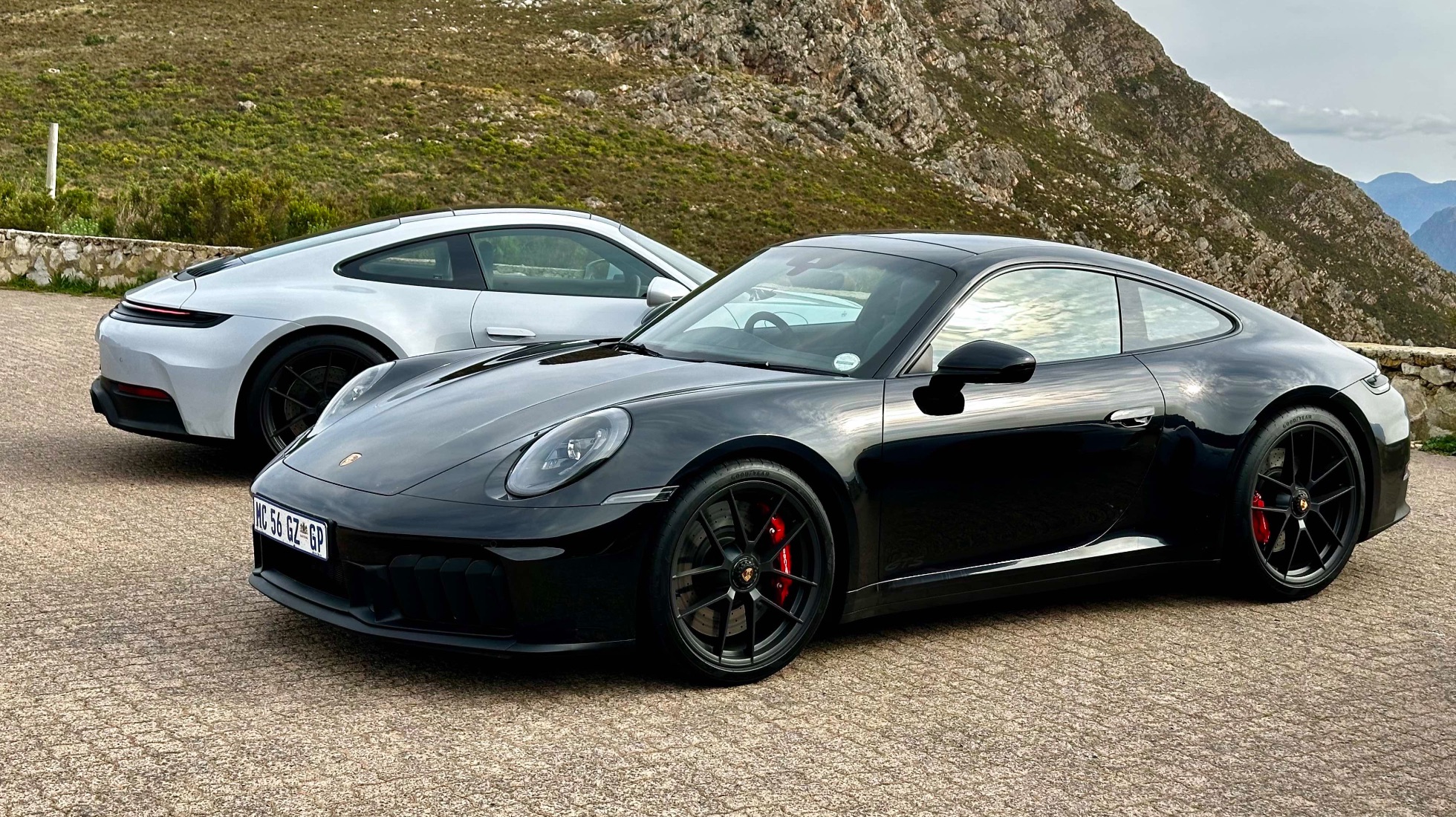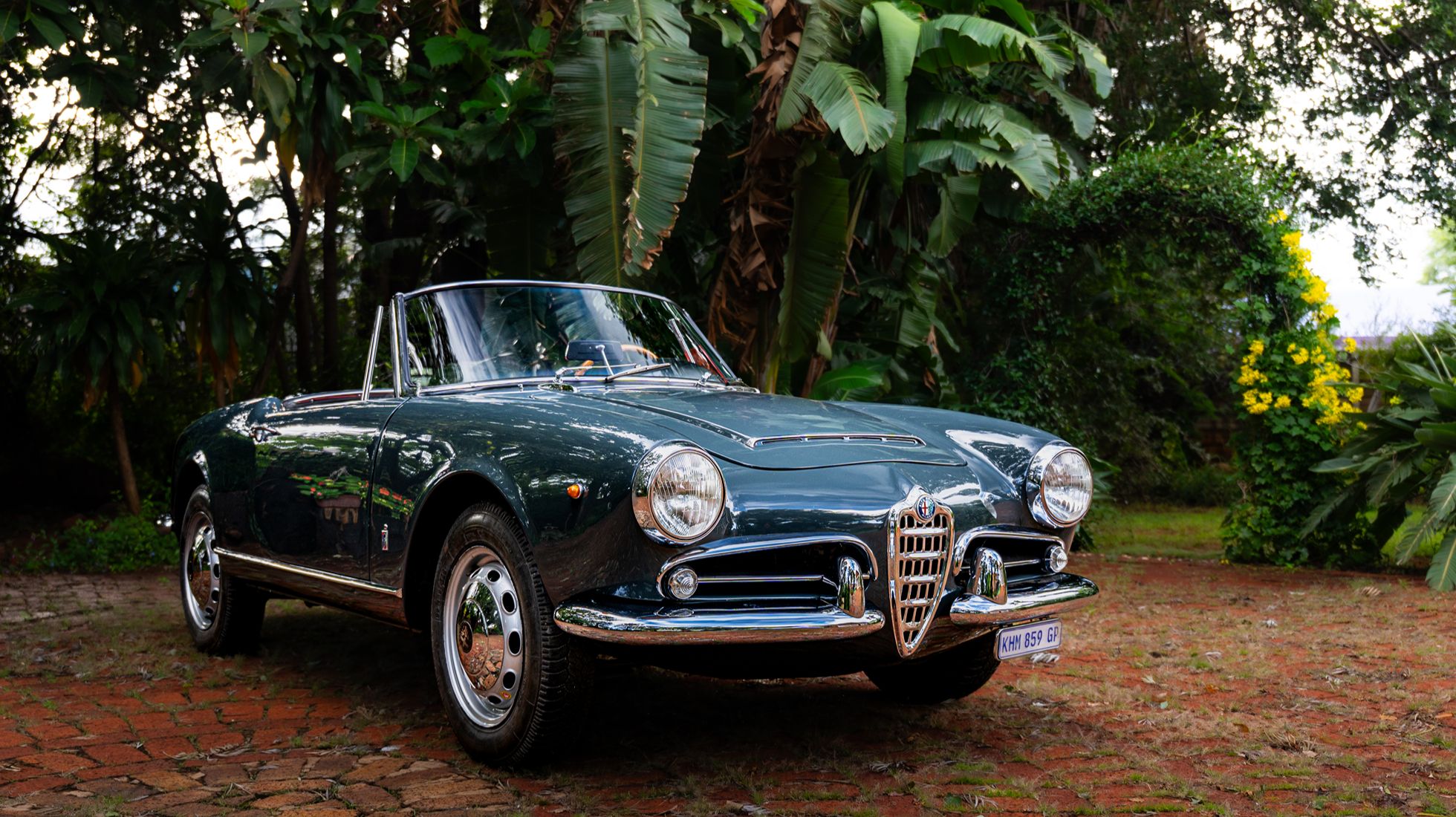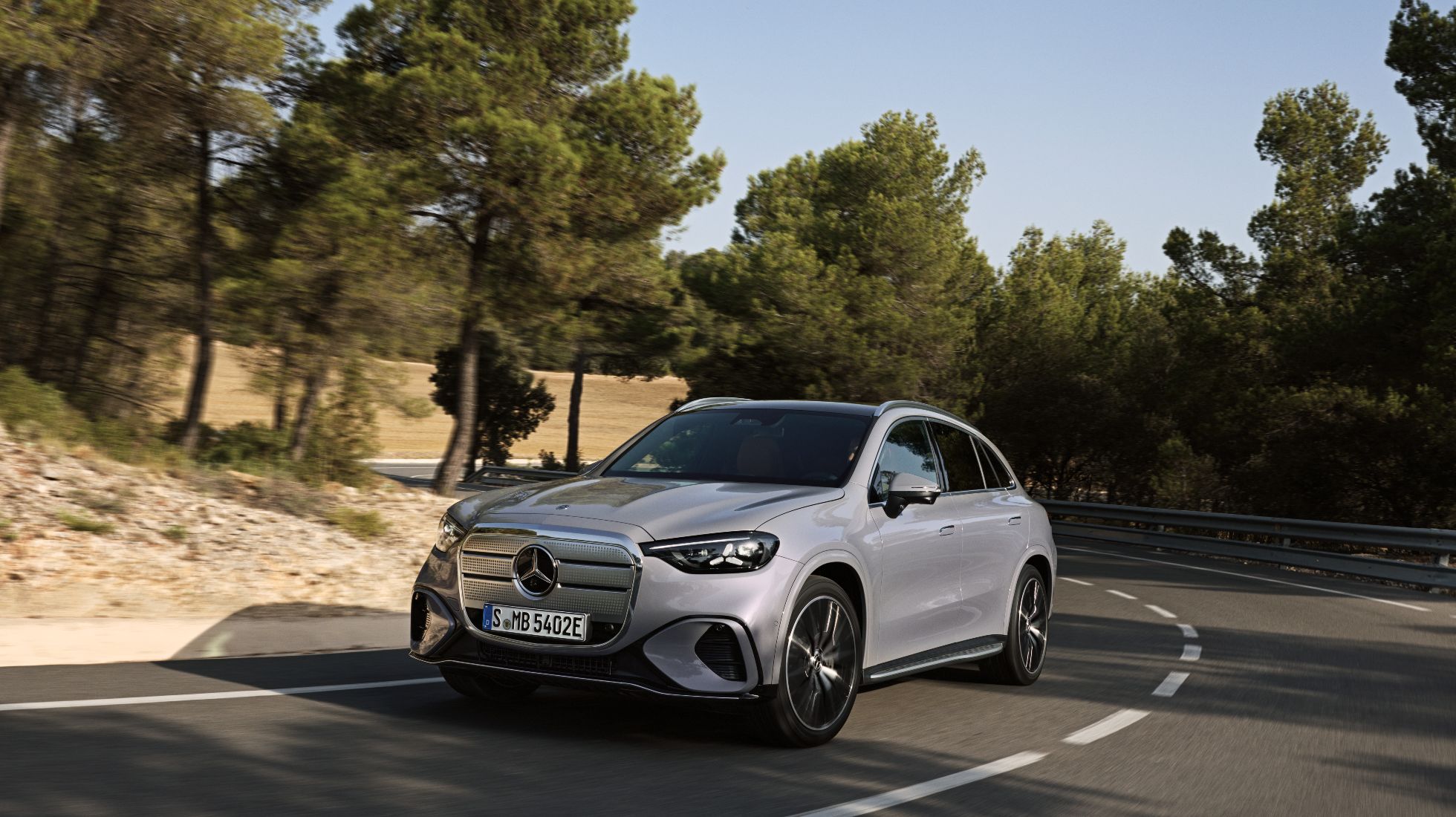Strapped into upright airplane seats and pondering my last few hours, I can’t help notice that my hands are trembling ever so slightly and I have a monstrous headache. I deduce that it’s the post-adrenaline-rush drop in my blood sugar after a good eight hours behind the wheel of a PDK and then manual 992 Porsche 911 GT3. I’ve had a morning of consistent adrenalin, experiencing Porsche at its absolute finest.
The Porsche 911 GT3 can best be described as a race car for the road. You’ve heard that phrase before, from countless car companies about countless cars, none of which ring true – except in the case of the GT3. Now more than ever, the 992 GT3 is as near to a racing car for the road as it has ever been.
It is the end product of a meeting of great car minds at Porsche’s Weissach development centre and the race car builders at Flacht. The new GT3 shares componentry and wizardry from the 911 GT3 Cup Racing car that transforms the already excellent 911 models into something otherworldly.
The GT3 engine is a six-cylinder, flat 4.0-litre and it’s built on the same line as the race car power unit. It still revs to a spine-tingling 9,000rpm but now with increased linearity and more efficiency. It features new butterfly throttle valves and a new stainless steel exhaust system that despite having two particulate filters, still tips the scales lighter than before. And the noise…we’ll get there. Power rises to 375kW compared to the previous generation GT3 with 10Nm up on the torque figure. Not much you say? True – but Porsche wins anyway because 375kW is absolutely enough here. 0 – 100 km/h is clocked at 3,4-seconds in the PDK. 0 - 200 km/h in 10,8-seconds and top speed at 318 km/h. But don’t spend too much time on these outstanding figures – the GT3 isn’t named Turbo S for a reason. That reason largely has to do with two things: 1 – Going around corners. 2 – How you feel when doing so.
Dynamically, the GT3 has edged the envelope forward...as always. I can only describe how, by breaking the engineering process of cornering excellence into segments.
Let’s start at the front: remember the Le Mans-winning 911 RSR race car? Porsche has lifted the double wishbone front axle out of that and placed it into this GT3. Now with rose joints on the links in place of regular bushes, this GT3 has been built to have the most precise, the most fluid, the most communicative and the grippiest of front ends in the business. Because these cars will find their way to a track, the GT3 has manually adjustable anti-roll bars, toe and camber angles too.

Let’s move to the rear end where Porsche has fitted rear axle steering to the GT3 for the first time and improved the shock absorbers for a better road-to-track balance.
The tyres fitted to the GT3 I drove are Michelin’s Pilot Sport Cup 2’s slathered onto 315/30’s at the rear and 255/35’s at the front. As the car has evolved, so too has the rubber. They are excellent road-use tyres but you can option the R-rated tyres for even more performance. These ‘R’ spec tyres were fitted to the GT3 for its lap of the Nürburgring Nordschleife, completed in a time of 6:59:972.
Let’s talk downforce – the GT3 is said to be some 150% more downforce-efficient than its predecessor. Holy smoke! That figure translates to some 380kg more at speeds in excess of 200km/h. Downforce is the result of a new four-stage front splitter, a complex underbody with little wings and vanes all directing air via a smooth underbody that carries to the rear diffuser. That’s all happening under the car while the now famous ‘swan-neck’ wing handles air over that rear surface.
And now for that all-important speed factor – less weight. The GT3 is all about weight-saving. It tips the scales now at 1,435kg. There’s opportunities for weight-saving beyond the ‘standard’ car but key areas of weight saving are from the carbon fibre roof, the CFRP bonnet, the forged alloy wheels, lightweight window glass and a smaller, lighter starter battery. But more weight can be saved when it comes to ticking options: ceramic brakes save you more weight, the lightweight seats that must be bought with the ClubSport Package further reduce weight by some 16kgs.
And so then, going around corners is all thanks to the technical work mentioned above, but one has to brake before you get there, and yet again, the 410mm carbon ceramic brakes (optional) fitted to the front and 390mm items at the rear add to the technical repertoire.
It all works in salient harmony to deliver a driving experience better than almost anything termed a road car. Brake, turn in, touch the apex and let fly – the GT3 does it with unmatched measure. The only other cars on the road with such precision and grip also have Porsche badges on their carbon bonnets and ‘GT’ in their names. My word this car is good.
The actual process of it is mesmerising enough, but add the inglorious engine howl and a perfect PDK or manual transmission and therein lies the bit about how you ‘feel’. The GT3 doesn’t just grip the road surface unlike any other, it takes hold of your emotion, drawing you in to a deeply visceral and engaging journey. It’s an involving car, vulnerable in its unhinged nature. You can hear - its discs meet callipers; its roll-cage tingling behind you; its cogs swopping; its flat-six howling as you wind through the gears. You must drive it hard to feel and understand and love what it is and why it was built. It must be said then, that the GT3 isn't for everyone. It's for those keen on driving hard. If you're expecting a comfortable road car with a turn of speed, this isn't it. This is the exact opposite.
There’s much about the GT3 to tell in addition to its extraordinary performance engineering. From its new cabin architecture, its new ‘Track Screen’, its Apple CarPlay connectivity or its build quality. Of course, it’s all there and expected and we need not spend too much time on that.
The only real question is whether you want a slick-shifting PDK or a beautiful six-speed manual with spine-tingling, rev-matching auto-blip function? That is what I am happy to debate with you. For me, the manual is undoubtedly the most involved and therefore the most memorable. You’re at one with the entire experience, melded into the car with your body at the absolute sweet spot of engagement. The PDK though, is faster, that slick dual clutch transmission still reigning supreme in its intelligence and seamless shifting.
From R3,109,000 you could own one…except you can’t just yet for many reasons. One reason is the world’s inability to meet global demand of many raw materials or source materials. The other is the sheer worldwide demand for the best sports car in the world. In South Africa, for all money and begging, you’d need to wait almost two years before you could, perhaps, lay your hands on one. If you ever do, it will be the best R3M you ever spent.



.jpg)

















